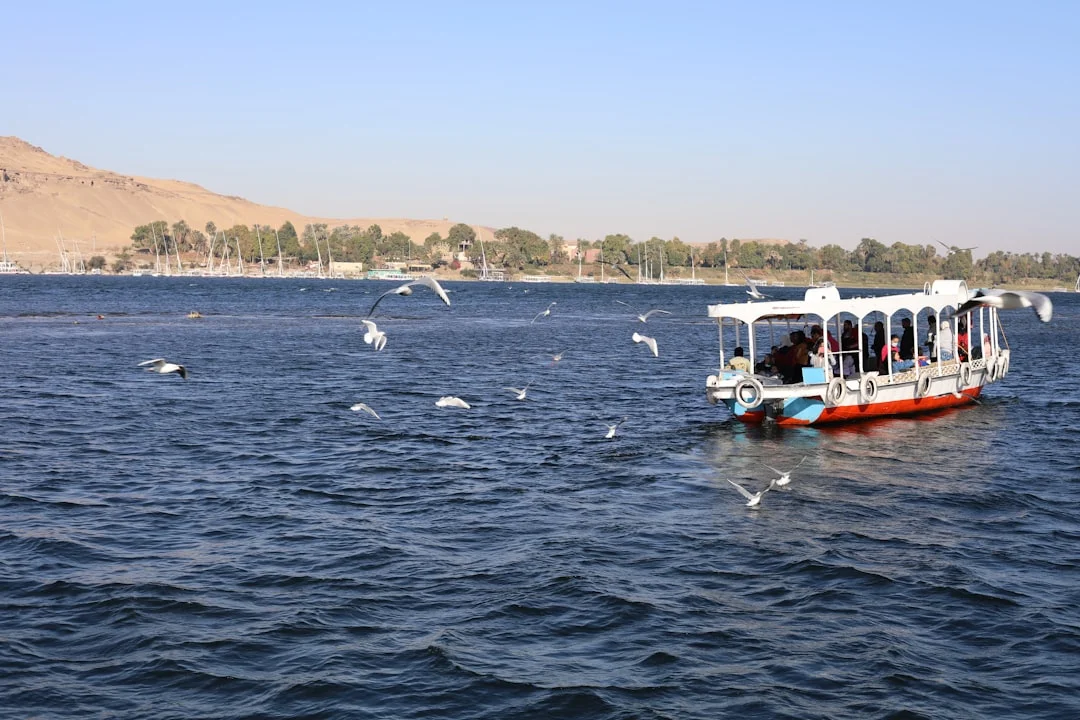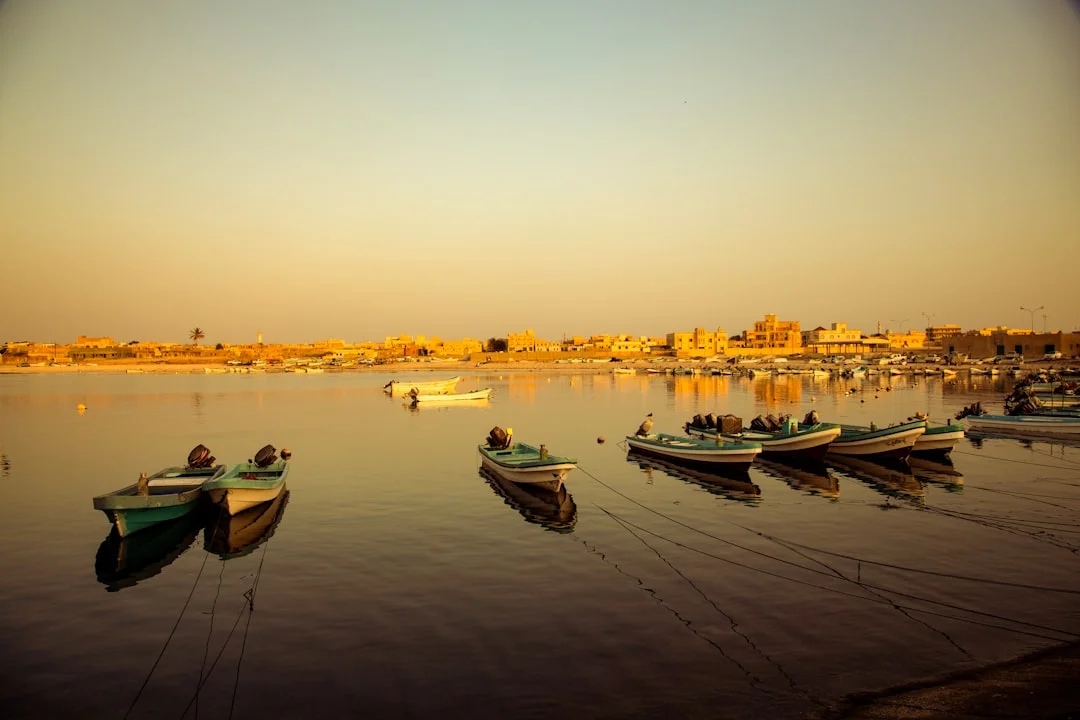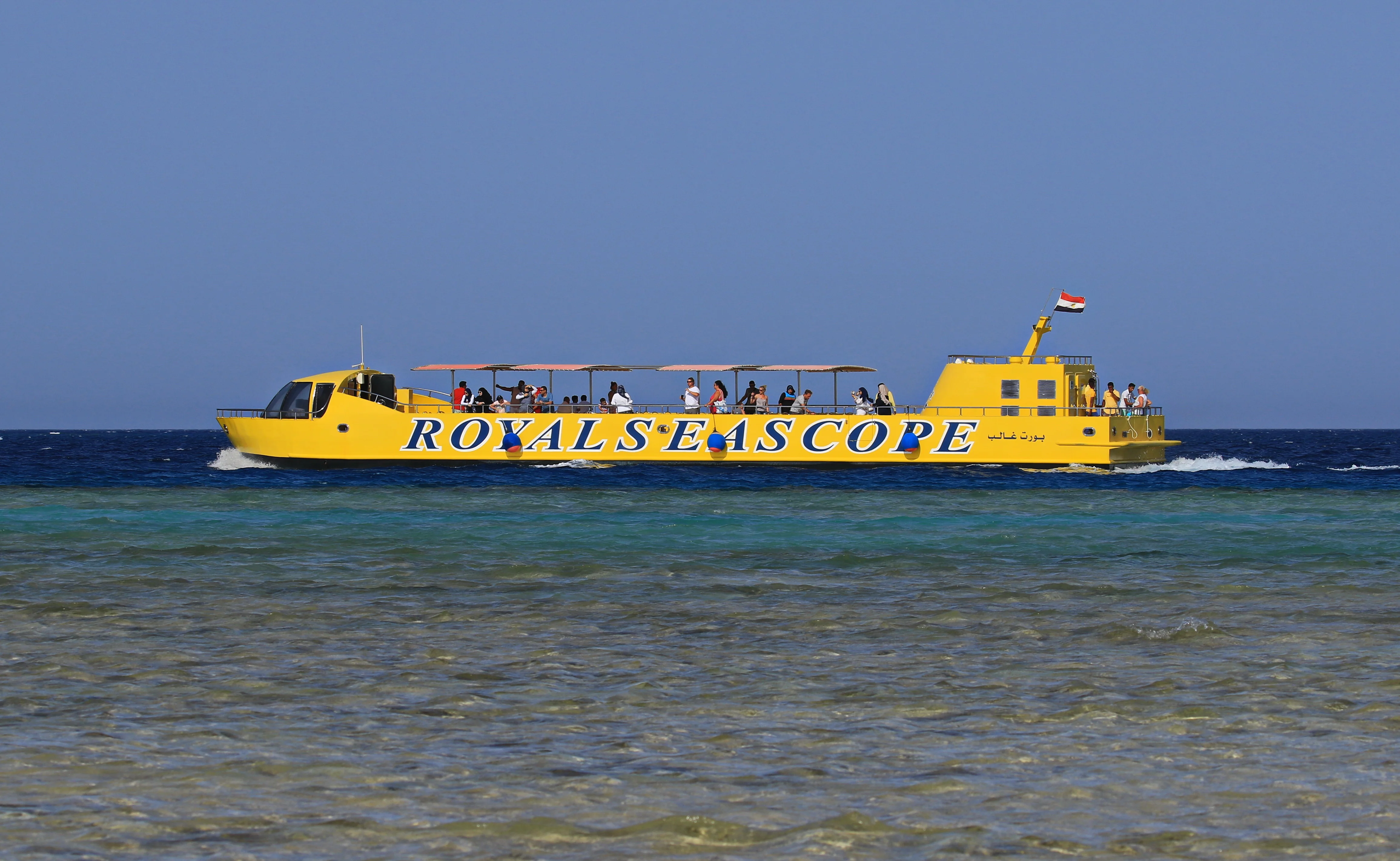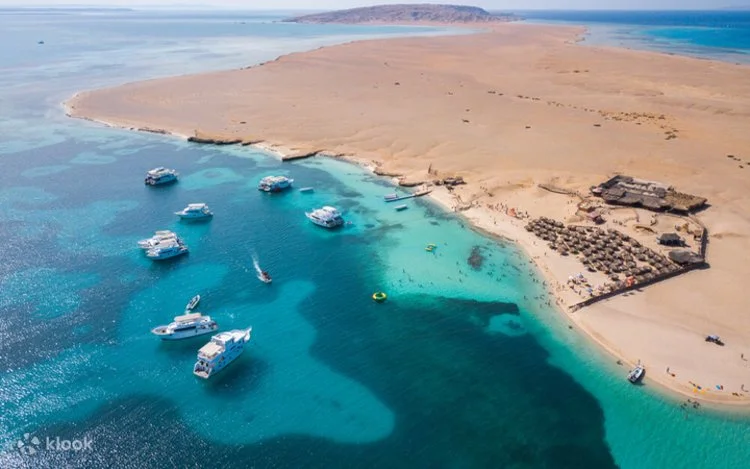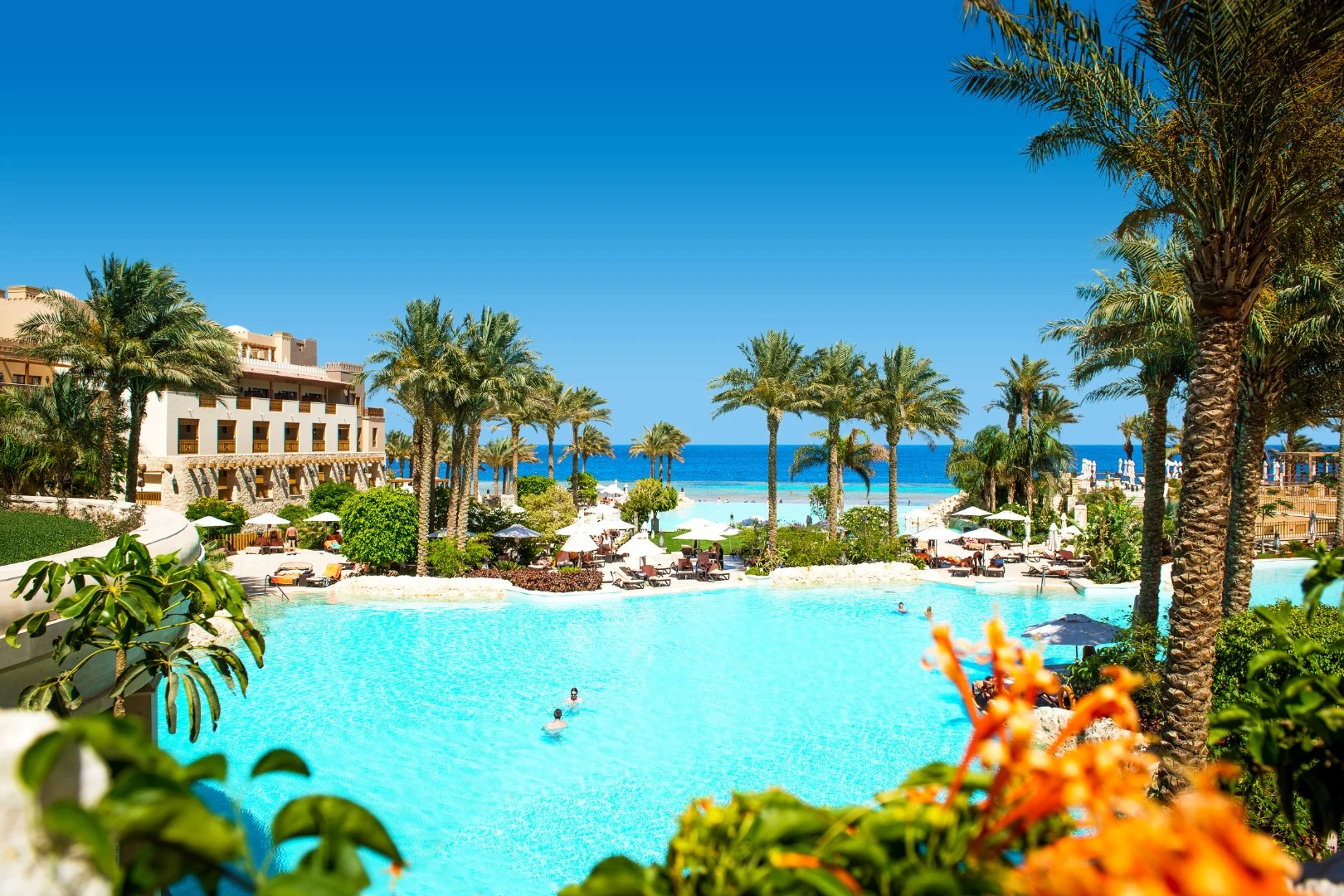See the Red Sea Without Getting Wet: The Magic of Semi‑Submarines
Quick Summary: Semi‑submarines let you glide past Hurghada and Sinai reefs from a dry, air‑conditioned viewing cabin—ideal for families, non‑swimmers, and off‑season days.
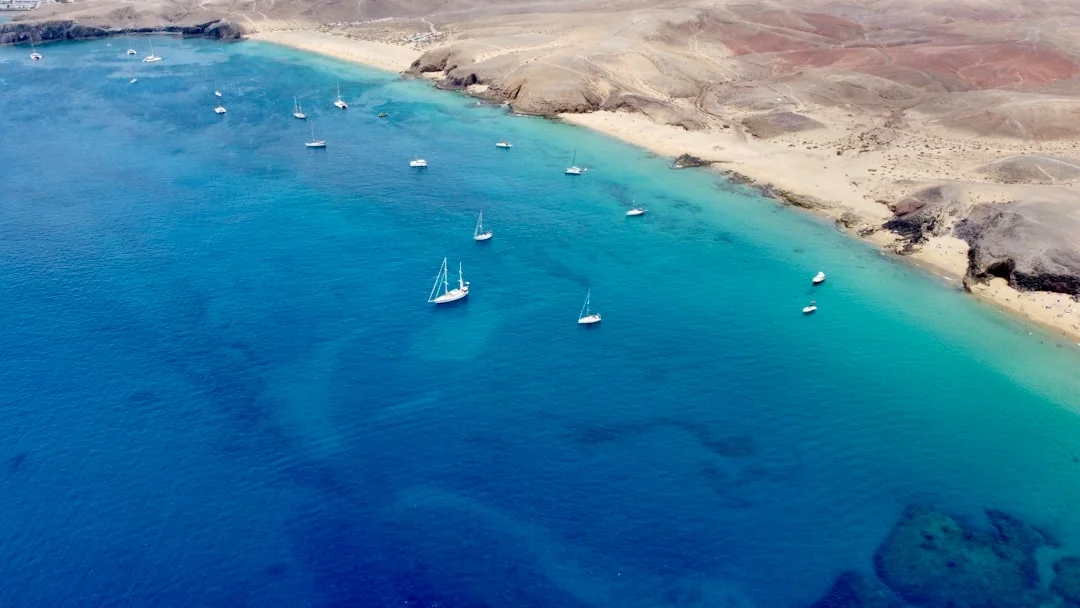
Minutes after leaving the marina, you step down a gentle staircase into a cool, glass‑walled cabin. Sunlight paints the seafloor as the semi‑submarine drifts over gardens of fire coral and soft swaying fans. Parrotfish flash neon, a turtle might cruise by, and you’re dry, comfortable, and eye‑level with the reef—no fins, no wetsuits, no stress.
What Makes This Experience Unique
Unlike glass‑bottom boats, semi‑submarines place you in a submerged viewing lounge—typically 3–5 meters below the surface—where wraparound windows remove surface glare and swell. That means steadier viewing and truer color. Cabins are air‑conditioned, seats are fixed and forward‑facing, and the ride is short and calm, usually hugging protected house reefs with 20–30 m visibility on good days.
Where to Do It
The most reliable departures are from Hurghada and El Gouna on Egypt’s mainland coast, plus Sharm El Sheikh and Dahab on Sinai. Near Hurghada, boats often skirt the inshore reefs that face the Giftun Islands; in Sharm, look for routes near Ras Umm Sid and the sheltered bays south of Naama. Marsa Alam departures are fewer but reward you with turtle‑laced seagrass meadows around Marsa Mubarak.

Best Time / Conditions
It’s a year‑round, weather‑resilient option. For the calmest seas and richer colors, choose morning slots (winds tend to rise after noon). In summer (June–September), Red Sea water temperatures hover around 28–30°C; in winter (December–February), expect 22–24°C—comfort remains high thanks to climate‑controlled cabins. Off‑season months bring fewer crowds and easier boarding for families.
What to Expect
.Who This Is For
This is the Red Sea’s best “problem‑solver” for mixed‑ability groups: toddlers to grandparents, non‑swimmers, anyone wary of currents, and travelers visiting in windy winter spells. Photographers appreciate the steady vantage; mobility‑limited guests benefit from short transfers and shaded, seated viewing. Local captains note that seasick‑prone travelers fare better below the waterline, where motion is reduced.
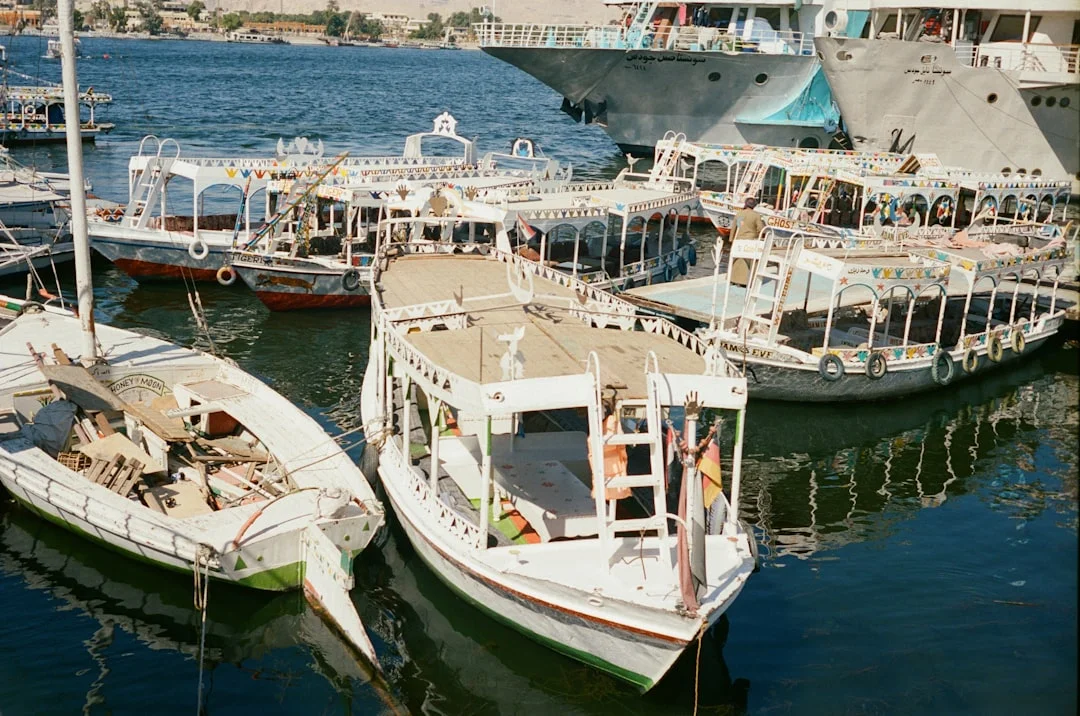
Booking & Logistics
..Sustainable Practices
Look for operators that use fixed moorings rather than anchors and brief guests not to tap glass or feed fish. Avoid flash photography on close subjects and never toss anything overboard. Supporting companies that maintain moorings and train crew in reef‑safe protocols helps protect fragile hard corals that can take decades to recover.
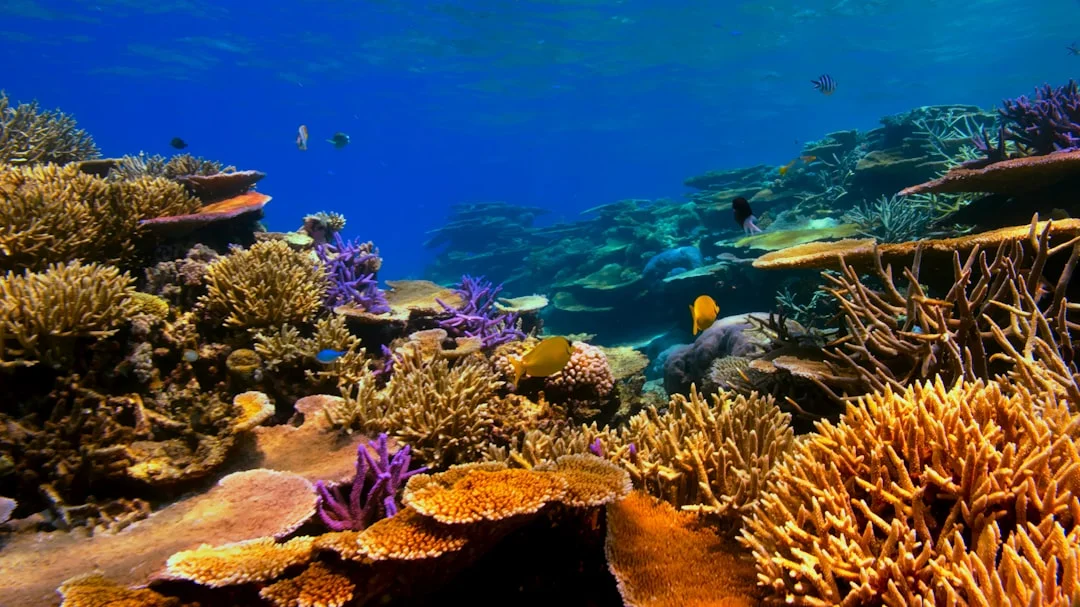
FAQs
Is a semi‑submarine safe for young kids and seniors?
Yes. Boats board from stable marinas, with crew assisting on the short stairway to the cabin. Rides are nearshore and brief, cabins are shaded and air‑conditioned, and there’s no need to swim. If stairs are a concern, ask your operator about handrails and seating closest to the staircase when booking.
Will I get seasick in a semi‑submarine?
Motion is milder below the surface, and routes hug protected reefs, so most guests feel fine. Book morning departures for calmer seas, sit mid‑cabin, and look out at the horizon before heading down. If you’re sensitive, take your usual remedy 30–60 minutes before boarding and keep hydrated.
Can I combine a semi‑sub with a beach or snorkel stop?
.